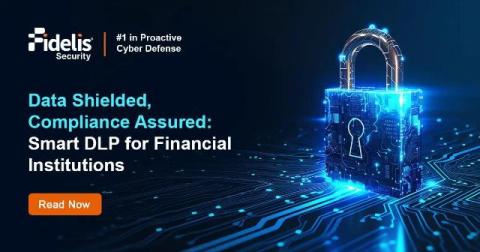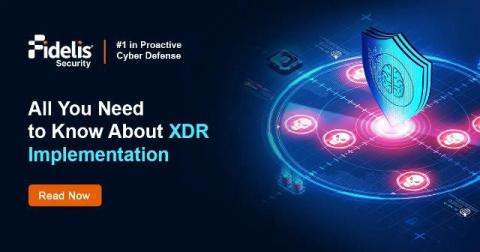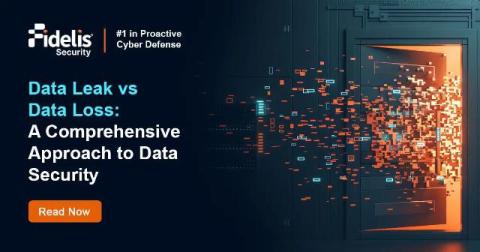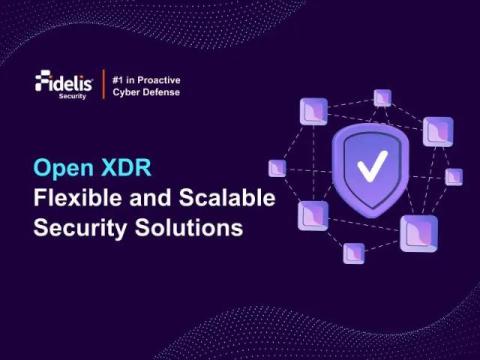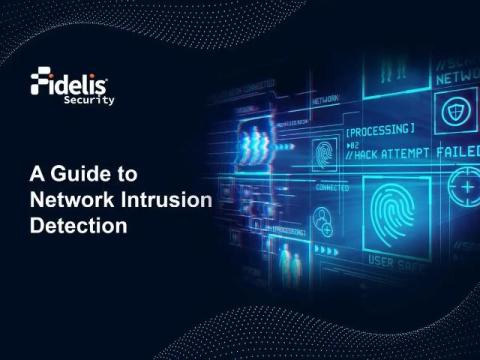Leading Reason for Data Loss: Social Engineering & Insider Threats
When it comes to data loss, the biggest yet common dangers these days come from within the organization, and social engineering and insider threats are one of the main reasons. This shows that human mistakes are just as risky as external attacks. In this piece, you’ll see how social engineering and insider threats result in data loss. In addition to that, you’ll look at real examples to understand the seriousness of such threats and talk about steps companies can take to protect themselves.




